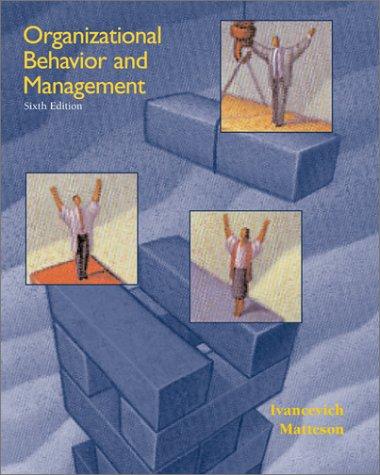



All parts to be done
Exercise 1 Tversky and Kahneman (1986) report the following experiment: each partic- ipant receives a questionnaire asking him to make two choices, the first from {a, b}and the second from {c, d}: a. A sure profit of $240. b. A lottery between a profit of $1000 with probability 25% and 0 with probability 75%. c. A sure loss of $750. d. A lottery between a loss of $1000 with probability 75% and 0 with probability 25%. The participant will receive the sum of the outcomes of the two lotteries he chooses. 73% of the its chose the ambinati To their behavin angible?Exercise 2 A variation of the Allais paradox. Denote by LA the lottery that yields $3000 for sure, by LB the lottery that yields $4000 with probability 0.8, and $0 otherwise. Denote by Lo the lottery that yields $3000 with probability 0.25, and $0 otherwise, and by Lp the lottery that yields $4000 with probability 0.2, and $0 otherwise. Many studies have shown a systematic tendency for subjects to express a strict preference for LA over LB and for LD over Lo. Show that this choice pattern violates the expected utility hypothesis.Exercise 4 Assume that a firm is risk neutral with respect to profits and that if there is any uncertainty in prices, production decisions are made after the resolution of such uncertainty. (The production set is closed and satisfies the free disposal property). Suppose that the firm faces a choice between two alternatives. In the first, prices are uncertain. In the second, prices are nonrandom and equal to the expected price vector in the first alternative. Show that a firm that maximizes expected profits will prefer the first alternative over the second. (You may assume that if prices are uncertain they can take only two values: p with probability ~ and p' with probability (1 - 7).)Exercise 3 Consider the following two distribution functions: 0, if x 100. a) Prove that neither F(r) dominates G(x) nor G(x) dominates F(x) according to first- order stochastic dominance. b) Since both distributions have different expected values, they cannot be compared ac- cording to second-order stochastic dominance. Nevertheless, can you prove that for all risk averse individuals F(x) is better than G(x)?Exercise 5 An expected-utility-maximizing decision maker professes to have constant ab- solute risk aversion over the range of (euro) prizes from















